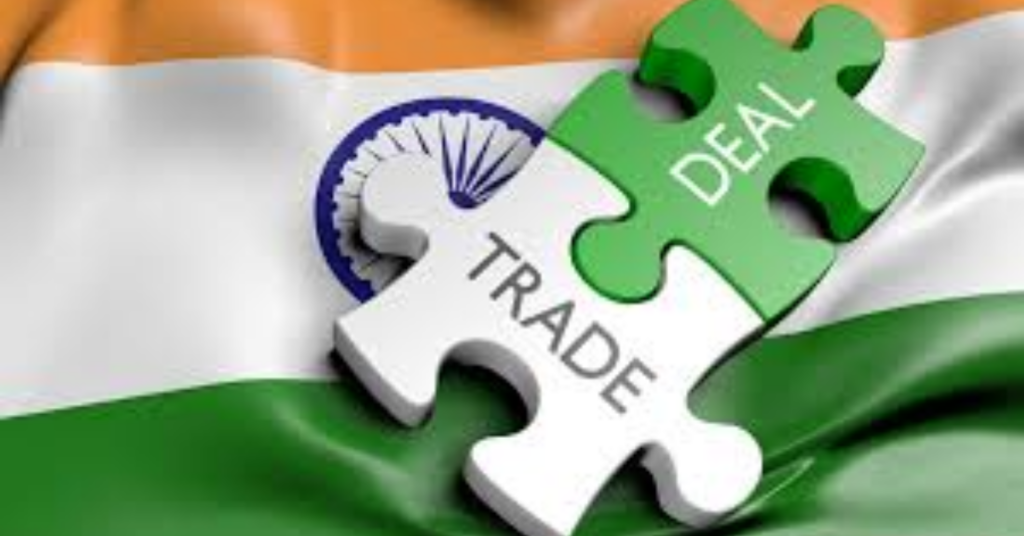
The State Bank of India (SBI), India’s largest lender, has voiced its strong support for a broader Production-Linked Incentive (PLI) scheme. This backing comes amidst escalating trade tensions and the imposition of tariffs by the previous US administration under President Trump.
SBI believes that a more comprehensive PLI scheme is crucial for India to effectively counter the impact of these tariffs and bolster its manufacturing sector. The bank sees the scheme as a vital tool to enhance India’s competitiveness in the global market and attract significant foreign investment.
Their support highlights the significant role financial institutions play in supporting government initiatives aimed at economic growth and diversification. SBI’s confidence in the PLI scheme underscores its potential to drive substantial economic benefits for India.
Key aspects of SBI’s support:
The SBI’s active involvement demonstrates a proactive approach to mitigating the negative consequences of trade disputes and fostering a more robust Indian manufacturing landscape. This collaboration between the government and the financial sector is vital for the successful implementation of the PLI scheme.
The Trump administration’s imposition of tariffs on various goods significantly impacted global trade, and India was not immune to these effects. These tariffs, aimed at protecting American industries, led to increased costs for Indian exporters and reduced competitiveness in the US market. Several key sectors felt the brunt of these measures.
Specific sectors such as textiles, steel, and agricultural products faced considerable challenges. Higher tariffs meant Indian products became more expensive for American consumers, leading to decreased demand and impacting Indian producers’ profitability. This created ripple effects throughout the Indian economy.
The impact extended beyond direct trade. Uncertainty surrounding future tariff policies discouraged investment in export-oriented industries. Businesses hesitated to expand operations or invest in new technologies, fearing further trade restrictions. This uncertainty hampered growth and job creation.
Consequences of Trump’s Tariffs on India:
To counteract these negative effects, the Indian government implemented various strategies, including the expansion of the PLI scheme. This proactive approach aimed to strengthen domestic manufacturing and reduce reliance on export markets vulnerable to protectionist policies.
The government also explored alternative markets to lessen dependence on the US. Diversifying export destinations helped mitigate the impact of the tariffs, although it required significant effort and adaptation from Indian businesses.
The Production-Linked Incentive (PLI) scheme is central to India’s strategy for strengthening its manufacturing sector. It offers financial incentives to domestic manufacturers, encouraging them to boost production and compete globally. This initiative aims to create a more self-reliant and resilient economy, less susceptible to external shocks like trade wars.
The scheme targets various strategic sectors deemed crucial for India’s economic growth. These include pharmaceuticals, automobiles, electronics, and renewable energy, among others. By providing financial support, the PLI scheme aims to attract both domestic and foreign investment into these sectors.
A key aspect of the PLI scheme is its focus on increasing domestic value addition. This means encouraging manufacturers to source more components and materials locally, creating a stronger domestic supply chain. This, in turn, helps generate more jobs and stimulate economic activity within India.
Specific benefits of the PLI scheme include:
The success of the PLI scheme hinges on effective implementation and collaboration between the government, financial institutions like SBI, and the private sector. Transparent processes and efficient disbursement of incentives are crucial to ensure its effectiveness.
Furthermore, the government needs to address any challenges that may hinder the scheme’s success. This includes streamlining regulations, improving infrastructure, and ensuring access to skilled labour. Addressing these issues will be vital in maximising the positive impact of the PLI scheme on India’s manufacturing landscape.
The expanded PLI scheme, supported by SBI, represents a significant commitment to boosting India’s manufacturing capabilities and reducing its vulnerability to external trade pressures. It’s a long-term strategy aimed at establishing India as a global manufacturing hub.